Home>Articles>How Many Gallons Of Water Does It Take To Flush A Toilet
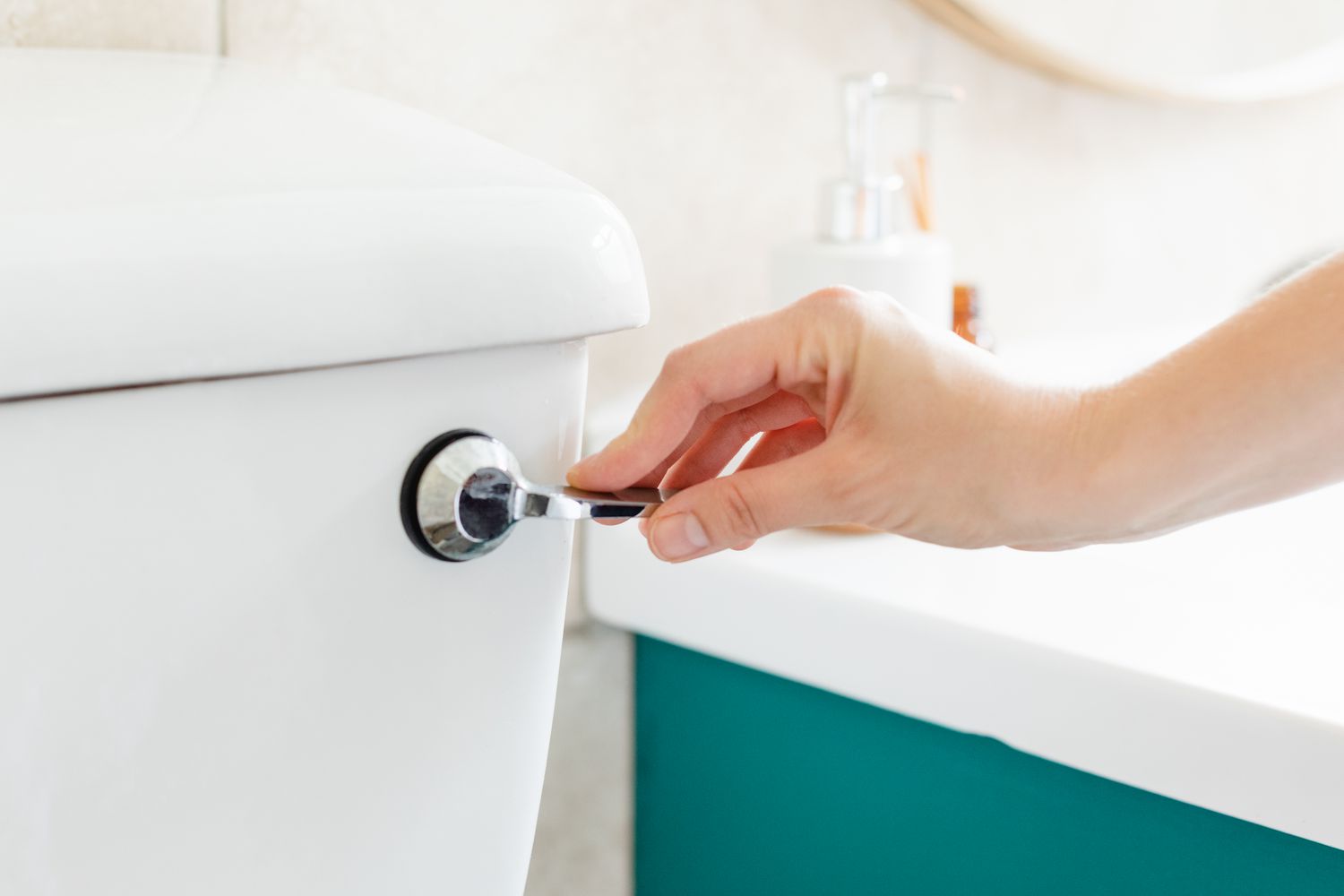

Articles
How Many Gallons Of Water Does It Take To Flush A Toilet
Modified: August 24, 2024
Discover the answer to the question "How many gallons of water does it take to flush a toilet?" and get expert insights in our informative articles.
(Many of the links in this article redirect to a specific reviewed product. Your purchase of these products through affiliate links helps to generate commission for Storables.com, at no extra cost. Learn more)
Introduction
A toilet is an essential fixture in any household or commercial building, providing a convenient and hygienic way to dispose of human waste. Flushing a toilet is a simple action that most people take for granted, but have you ever wondered how much water is required to perform this seemingly mundane task?
In this article, we will explore the fascinating world of toilet flushes and delve into the question of how many gallons of water it takes to flush a toilet. By understanding the mechanics of a flush, estimating water consumption, and exploring water-saving options, you will gain valuable insights into this everyday occurrence.
So, let’s dive in and discover the surprising facts behind toilet flushes!
Key Takeaways:
- Understanding the mechanics of a toilet flush and estimating water usage can help make informed decisions to conserve water and reduce environmental impact.
- By selecting water-efficient toilet models, considering water-saving options, and adopting mindful flushing habits, we can collectively make a significant impact on reducing water consumption and promoting a sustainable future.
Read more: How Many Glasses Of Water In A Gallon
How a toilet flush works
When you press the flush lever or button on a toilet, it triggers a series of mechanisms that work together to remove waste and refill the bowl with clean water. Understanding how a toilet flush works can help us determine the amount of water required for the process.
1. The flush handle or button: This is the starting point of the flush. When you press the handle or button, it lifts a chain or a rod, which in turn raises the flapper or flush valve. This allows water from the tank to flow into the bowl.
2. The siphon action: As the water enters the bowl, it creates a siphon effect. The force of the incoming water pushes the waste and the contents of the bowl into the drain pipe. This siphoning action effectively removes the waste from the bowl.
3. The tank refill: Once the waste has been cleared from the bowl, the flapper or flush valve closes, stopping the water flow. At this point, the toilet tank begins to refill with water. The refill process is usually controlled by a fill valve or ballcock, which allows water to flow into the tank until it reaches a certain level.
4. The bowl refill: As the tank refills, some water also flows into the bowl through small jets located around the rim. This replenishes the water in the bowl, ready for the next use.
It’s important to note that the duration of the flush and the amount of water used can vary depending on factors such as the design of the toilet, the water pressure, and the flushing power.
Now that we have a basic understanding of how a toilet flush works, let’s explore how we can estimate the amount of water required for each flush.
Estimating the water usage of a toilet flush
Estimating the water usage of a toilet flush can help us determine how many gallons of water are required for this common household task. The water usage can vary depending on several factors, including the type of toilet, the flush volume, and any water-saving features.
One way to estimate the water usage is by checking the flush volume of the toilet. The flush volume refers to the amount of water discharged with each flush. Most toilets have a flush volume of either 1.6 gallons per flush (gpf) or 1.28 gpf. However, older toilets may have flush volumes as high as 3.5 gpf.
To determine the water usage per flush, simply multiply the flush volume by the number of flushes per day. For example, if you have a toilet with a flush volume of 1.6 gpf and you flush it five times a day, the estimated water usage would be 8 gallons per day.
It’s important to keep in mind that these calculations provide a rough estimate and may vary depending on individual usage patterns and toilet efficiency. Additionally, some toilets may have dual-flush mechanisms, allowing users to select a lower volume flush for liquid waste and a higher volume flush for solid waste.
Another factor to consider when estimating water usage is any water-saving features that the toilet may have. Many modern toilets are designed to be more water-efficient by utilizing technologies such as low-flow flush systems, dual-flush mechanisms, or gravity-assisted flushes. These features can significantly reduce water consumption without compromising flushing performance.
It’s worth noting that water efficiency in toilets is highly regulated in many countries. For example, in the United States, toilets must meet the WaterSense certification standards, which require a maximum flush volume of 1.28 gpf. This helps promote water conservation and reduce water usage in households and commercial buildings.
By estimating the water usage of a toilet flush, we can become more aware of our water consumption habits and make informed decisions to conserve water. In the next section, we will explore the various factors that can influence the water consumption of a toilet flush.
Factors affecting the water consumption of a toilet flush
Several factors can influence the water consumption of a toilet flush. By understanding these factors, we can make informed choices to reduce our water usage and promote water conservation.
1. Flush volume: The flush volume is the amount of water discharged with each flush. As mentioned earlier, toilets typically have a flush volume of either 1.6 gallons per flush (gpf), 1.28 gpf, or even lower for water-saving models. A lower flush volume can result in significant water savings over time.
2. Toilet design: The design of the toilet can also impact water consumption. Older toilets may have larger flush volumes and less efficient flushing mechanisms, leading to higher water usage. Modern toilets are often designed with water-saving features, such as improved bowl shape, trapway design, and flush valve technology, which optimize flushing performance while using less water.
3. Dual-flush mechanisms: Some toilets are equipped with dual-flush mechanisms, allowing users to choose between a partial flush for liquid waste and a full flush for solid waste. This flexibility empowers users to use the appropriate amount of water for each flush, conserving water in the process.
4. Water pressure: The water pressure in your plumbing system can affect the efficiency of a toilet flush. High water pressure can result in a quicker and more effective flush, reducing the need for excessive water volume. However, if the water pressure is too low, it may require more water to achieve an efficient flush.
5. Age and maintenance: Older toilets may have worn-out or outdated components that affect their flushing efficiency. Faulty flappers, flush valves, or fill valves can result in leaks or inadequate flushing, leading to higher water consumption. Regular maintenance and replacing faulty parts can help improve water efficiency.
6. Quality of waste removal: Efficient waste removal is essential for reducing the need for additional flushes. Toilets with better bowl cleansing technology, such as rim jets or a fully glazed trapway, can effectively remove waste with less water, promoting water efficiency.
By considering these factors and opting for water-efficient toilets, we can make significant strides in reducing water consumption and contributing to a more sustainable future.
In the next section, we will explore the average gallons of water used per flush in different toilet models, providing a better understanding of the water-saving options available.
You can save water by installing a low-flow toilet, which uses about 1.6 gallons per flush compared to older models that can use 3-7 gallons.
Average gallons of water used per flush in different toilet models
The average gallons of water used per flush can vary depending on the type and model of the toilet. Over the years, there have been significant advancements in toilet technology, resulting in more water-efficient options.
1. Older toilets: Traditional toilets manufactured before the 1990s often have flush volumes of around 3.5 to 7 gallons per flush (gpf). These high-volume toilets can consume a significant amount of water with each flush.
2. Standard toilets: Standard toilets, commonly found in many households, typically have flush volumes of 1.6 gallons per flush (gpf) or 1.28 gpf. These toilets meet the industry standards for water efficiency and are a notable improvement compared to older models.
3. Low-flow toilets: Low-flow toilets, also known as water-saving toilets, have become more popular in recent years due to their reduced water consumption. These toilets usually have a flush volume of 1.28 gpf or even lower. Some low-flow models use advanced flushing technologies, such as pressure-assisted flushing or double cyclone flushing, to maintain flushing power while using less water.
4. Dual-flush toilets: Dual-flush toilets offer users the option to choose between a partial flush and a full flush. The partial flush, designed for liquid waste, typically uses around 0.8 to 1 gpf, while the full flush, suitable for solid waste, may use 1.6 gpf or less. This versatility allows for efficient water usage by tailoring the flush volume to the type of waste being eliminated.
5. High-efficiency toilets (HETs): High-efficiency toilets are among the most water-efficient options available. These toilets are designed to use a maximum of 1.28 gpf, meeting the WaterSense certification requirements in the United States. Some HETs feature innovative flushing technologies like gravity-assisted flushing or dual-flush mechanisms, ensuring effective waste removal without excessive water usage.
It’s important to note that different regions and countries may have regulations or standards regarding the maximum allowable flush volume for toilets. For example, in the United States, toilets manufactured after 1994 must have a maximum flush volume of 1.6 gpf, while WaterSense-certified toilets must use no more than 1.28 gpf.
By selecting a water-efficient toilet model, you can significantly reduce water consumption and contribute to conservation efforts. In the next section, we will explore the various water-saving options available for toilets.
Read more: How Many Gallons Of Water Does A Washer Use
Water-saving options for toilets
Water conservation is crucial for sustainability, and there are several water-saving options available for toilets that can help us minimize water usage without compromising performance. Let’s explore some of these options:
1. Install a low-flow or dual-flush toilet: Low-flow toilets and dual-flush toilets are designed to use less water per flush compared to standard models. Low-flow toilets typically have a flush volume of 1.28 gallons per flush (gpf) or even lower, while dual-flush toilets provide the flexibility of choosing a partial flush for liquid waste and a full flush for solid waste, helping conserve water on a daily basis.
2. Consider a high-efficiency toilet (HET): High-efficiency toilets are specifically designed to reduce water consumption while maintaining optimal flushing performance. These toilets use a maximum of 1.28 gpf, meeting or exceeding water conservation regulations. They often incorporate advanced flushing technologies, such as gravity-assisted flushing or pressure-assisted flushing, to efficiently remove waste with minimal water usage.
3. Install a toilet tank bank or displacement device: Toilet tank banks or displacement devices can be placed inside the toilet tank to reduce the amount of water used per flush. These devices displace water, effectively reducing the flush volume without impacting the toilet’s ability to flush waste.
4. Perform regular maintenance: Proper maintenance of your toilet can prevent water wastage. Check for any leaks or running water by adding food coloring to the tank and observing if it seeps into the bowl without flushing. If there is a leak, it’s important to repair or replace the faulty components promptly to prevent water waste.
5. Consider retrofitting your existing toilet: If purchasing a new water-saving toilet is not feasible, you can explore retrofitting options. Retrofit kits are available to convert standard toilets into low-flow toilets by adding a flush valve or adjustable flapper that reduces the amount of water used per flush.
6. Use water-saving habits: In addition to choosing water-efficient toilets, adopting water-saving habits can further minimize water consumption. For example, avoid using the toilet as a trash bin and only flush when necessary. This reduces the frequency of flushing and conserves water. Additionally, consider using recycled or graywater for toilet flushing, if it is allowed in your area, to further reduce freshwater consumption.
By incorporating these water-saving options and habits, we can make a significant impact on reducing water usage in our homes and communities. Conserving water not only helps protect one of our most vital resources but also contributes to a sustainable future.
Now, let’s wrap up our discussion in the concluding section.
Conclusion
Understanding the amount of water required to flush a toilet is essential for promoting water conservation in our daily lives. By exploring how a toilet flush works, estimating water usage, and considering various factors that affect water consumption, we can make informed choices to minimize our environmental impact.
We discovered that toilet flushes are a complex process that involves lifting a flapper or flush valve, creating a siphon action, and refilling the tank and bowl with water. The estimated water usage per flush can vary depending on factors such as the flush volume, toilet design, and water-saving features.
Older toilets, with flush volumes ranging from 3.5 to 7 gallons per flush, consume significantly more water compared to modern options. Standard toilets usually have a flush volume of 1.6 gallons per flush (gpf), while low-flow toilets, dual-flush toilets, and high-efficiency toilets (HETs) offer water-saving alternatives with flush volumes of 1.28 gpf or even lower.
In addition to selecting water-efficient toilet models, we explored other water-saving options such as installing toilet tank banks or displacement devices, performing regular maintenance, and retrofitting existing toilets. Adopting water-saving habits, such as mindful flushing and using recycled or graywater where possible, also contributes to reducing water consumption.
By making conscious choices and implementing these water-saving practices, we can significantly reduce our water usage, conserve this valuable resource, and contribute to a more sustainable future. Water conservation is a collective responsibility, and even small changes in our everyday routines can make a big difference.
So, let’s commit to being mindful of our water usage, exploring water-saving options for toilets, and encouraging others to join us in this endeavor. Together, we can make a positive impact on our environment and create a more sustainable world for generations to come.
Frequently Asked Questions about How Many Gallons Of Water Does It Take To Flush A Toilet
Was this page helpful?
At Storables.com, we guarantee accurate and reliable information. Our content, validated by Expert Board Contributors, is crafted following stringent Editorial Policies. We're committed to providing you with well-researched, expert-backed insights for all your informational needs.
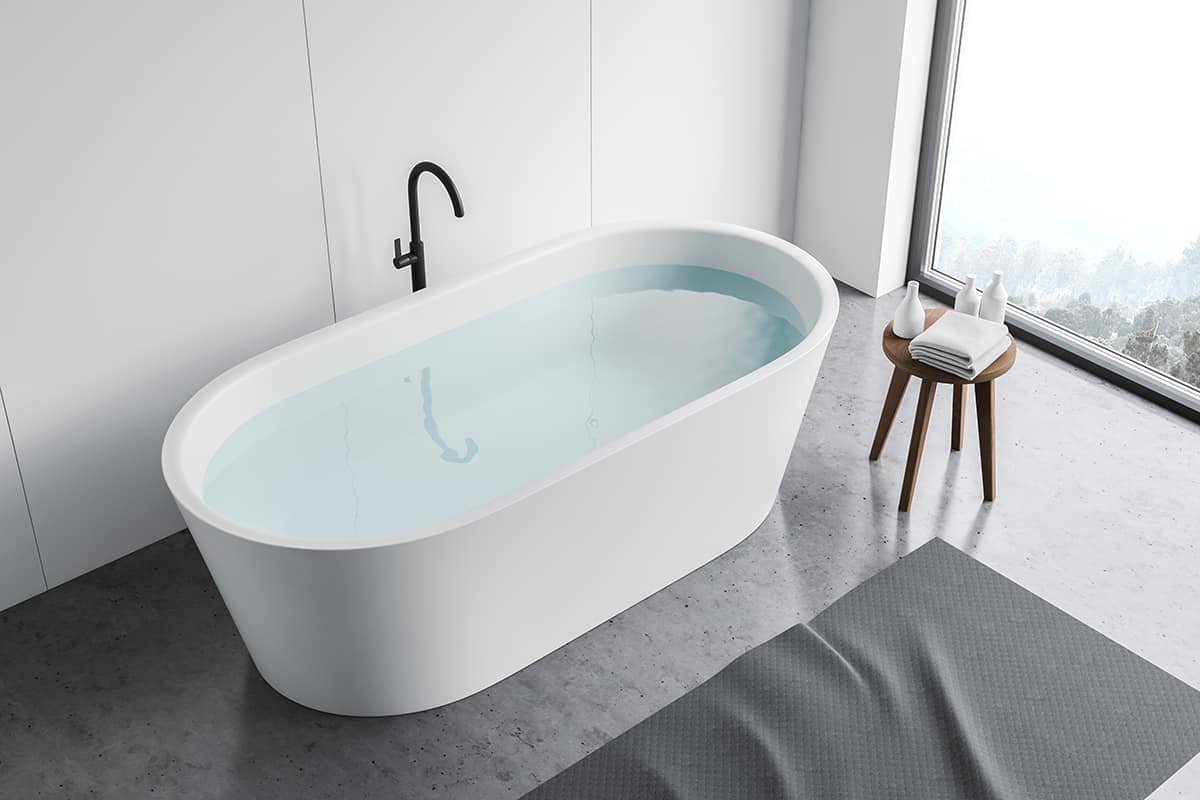

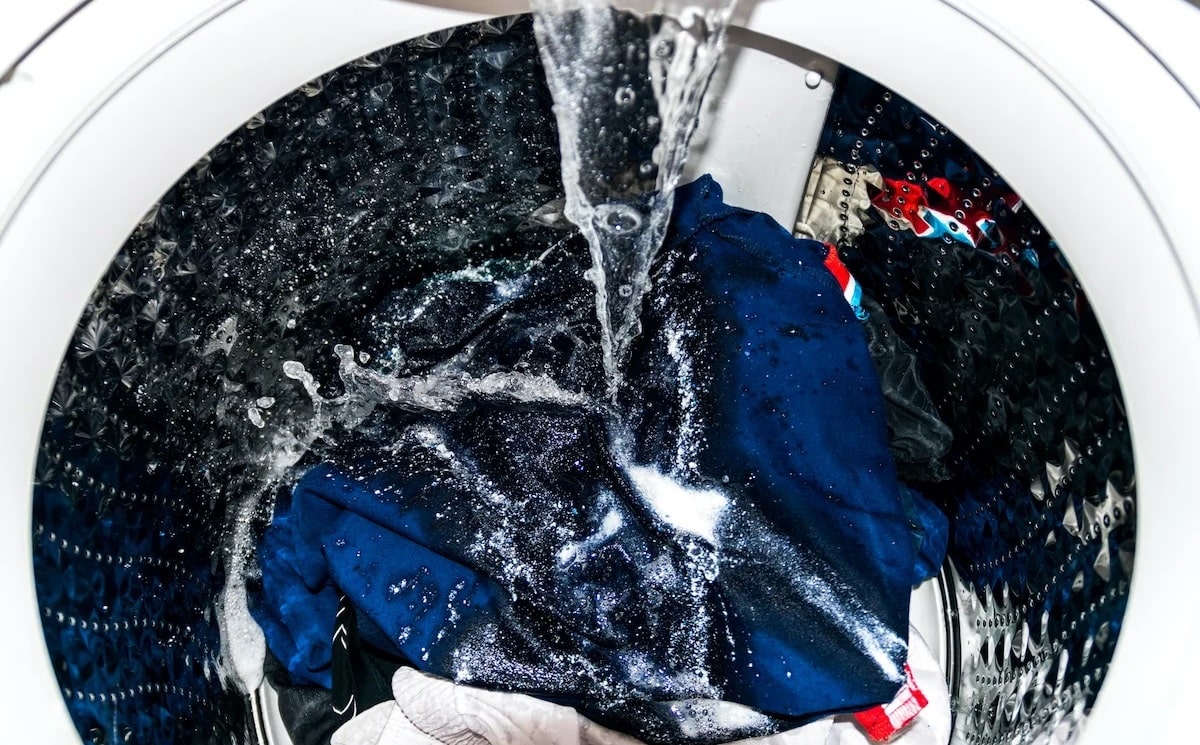
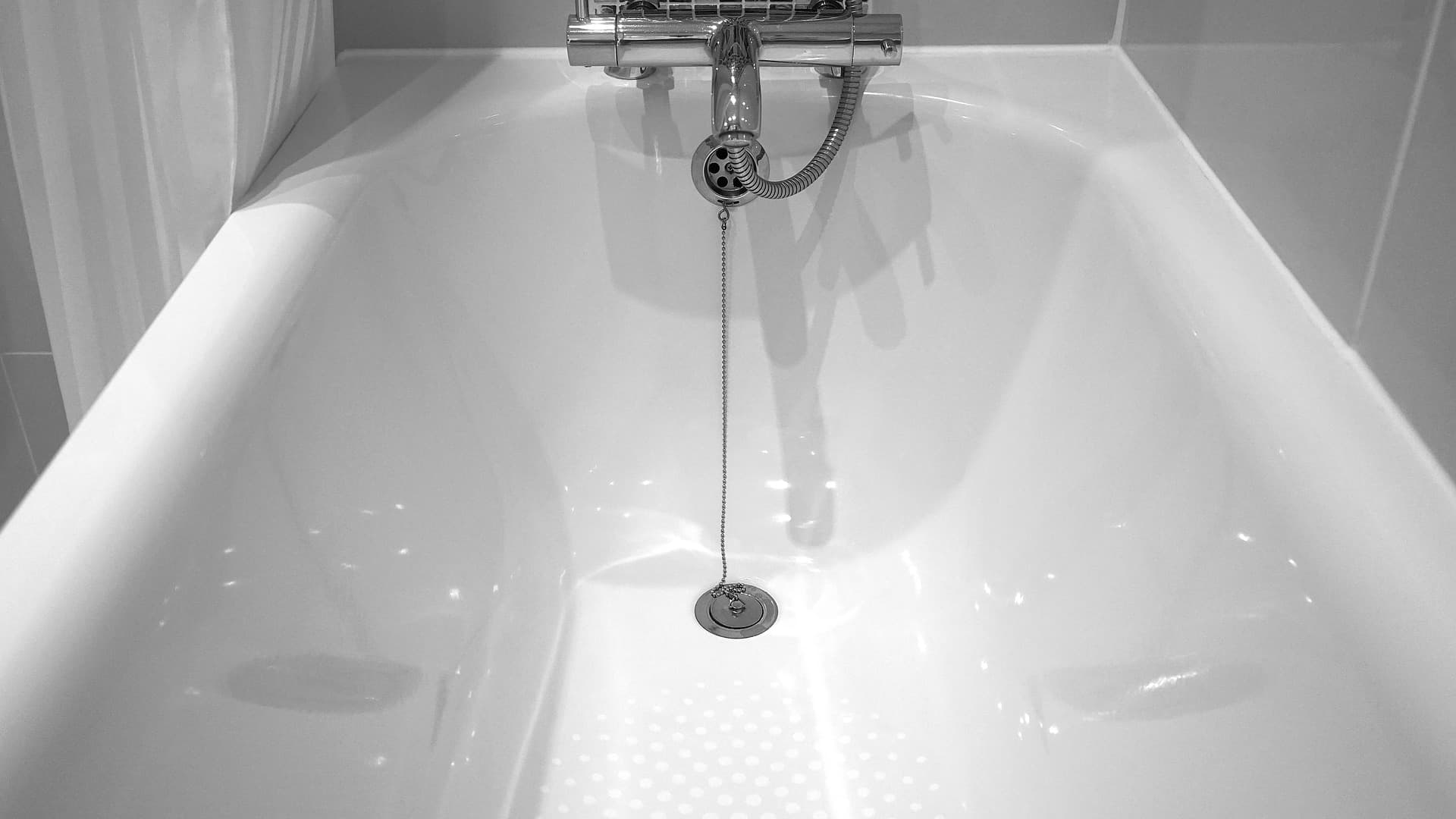
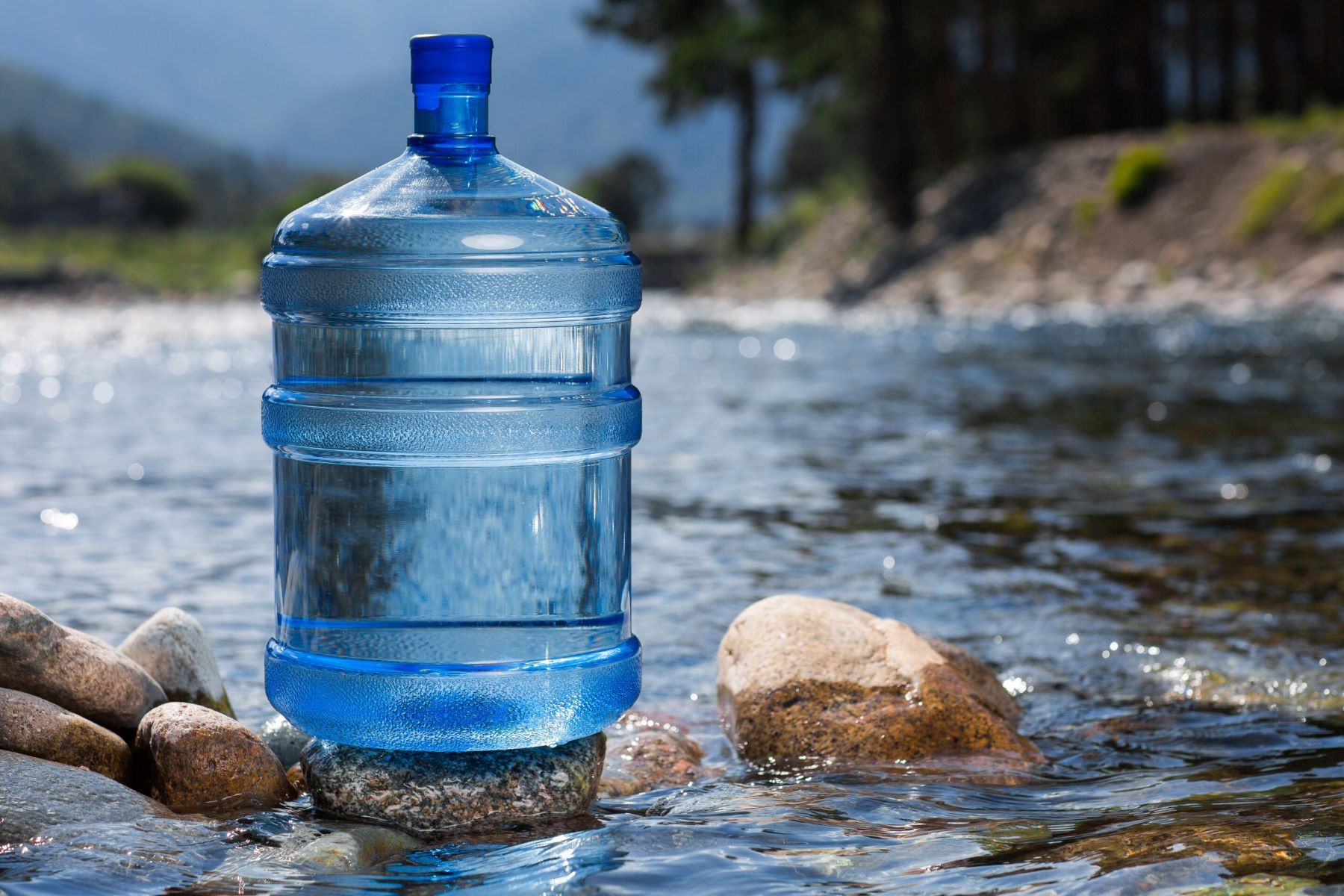

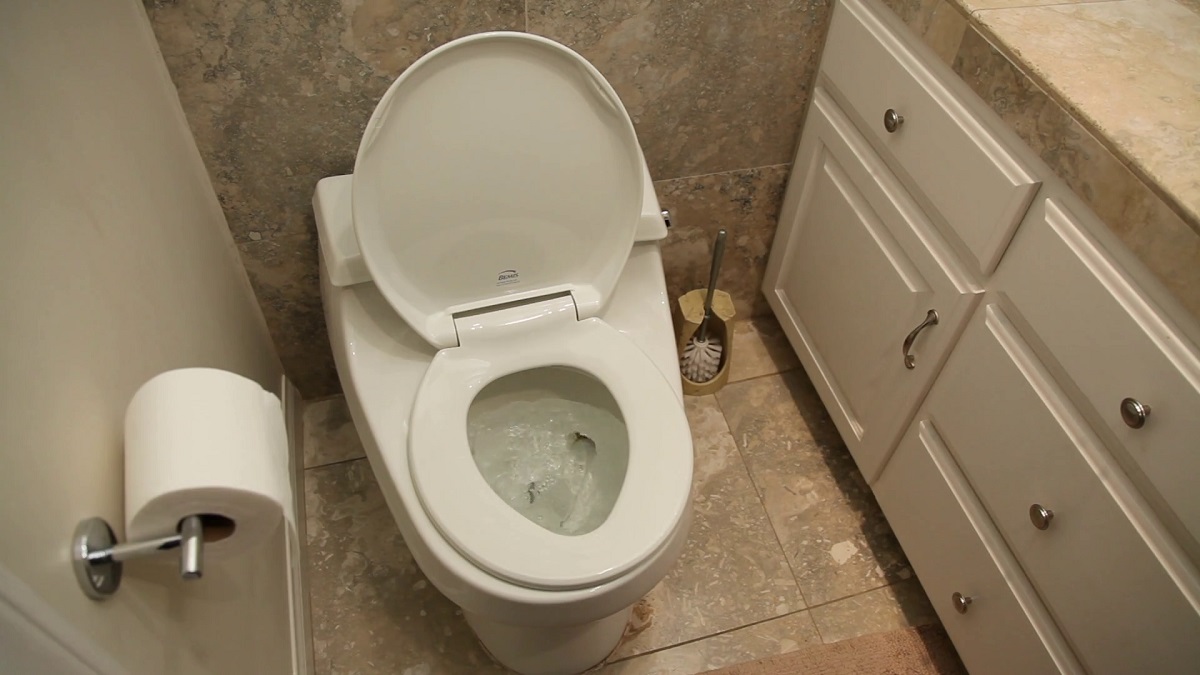
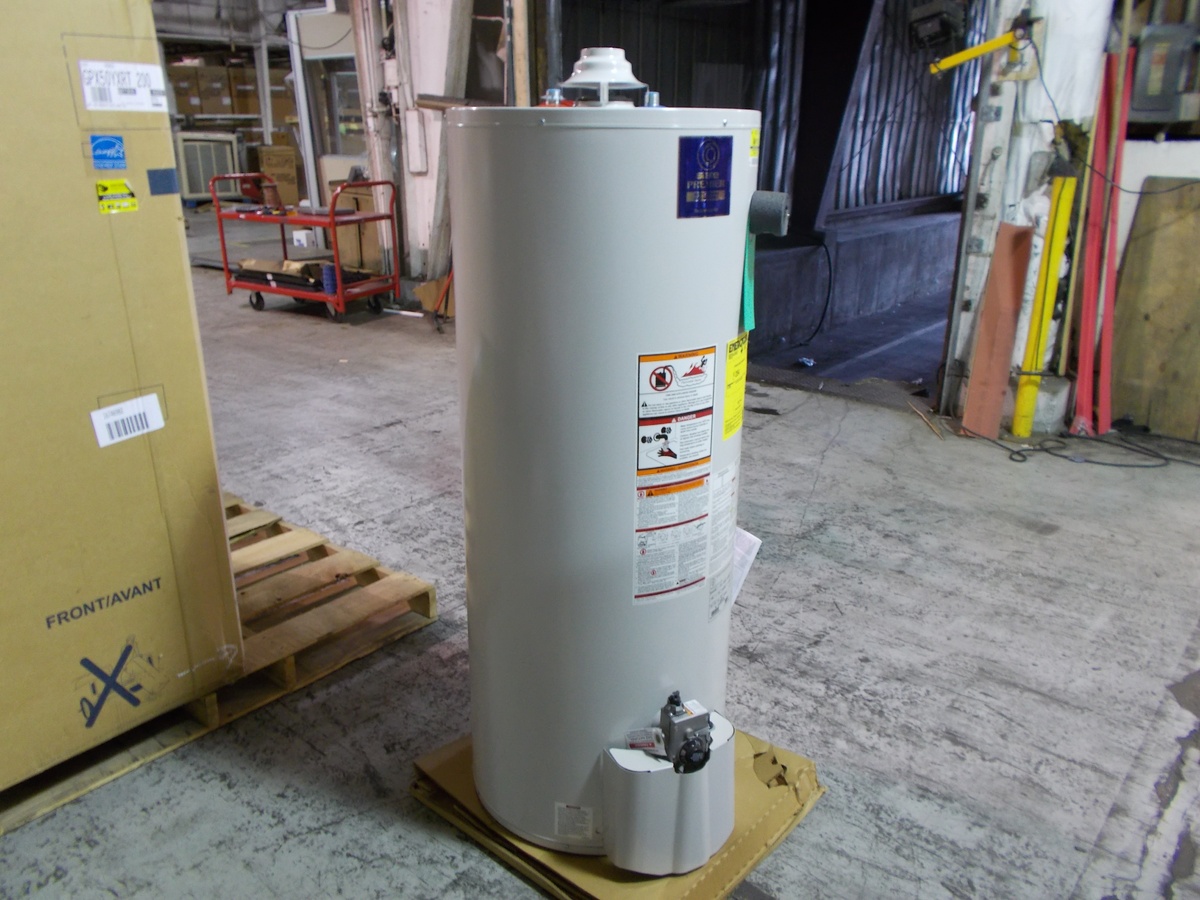
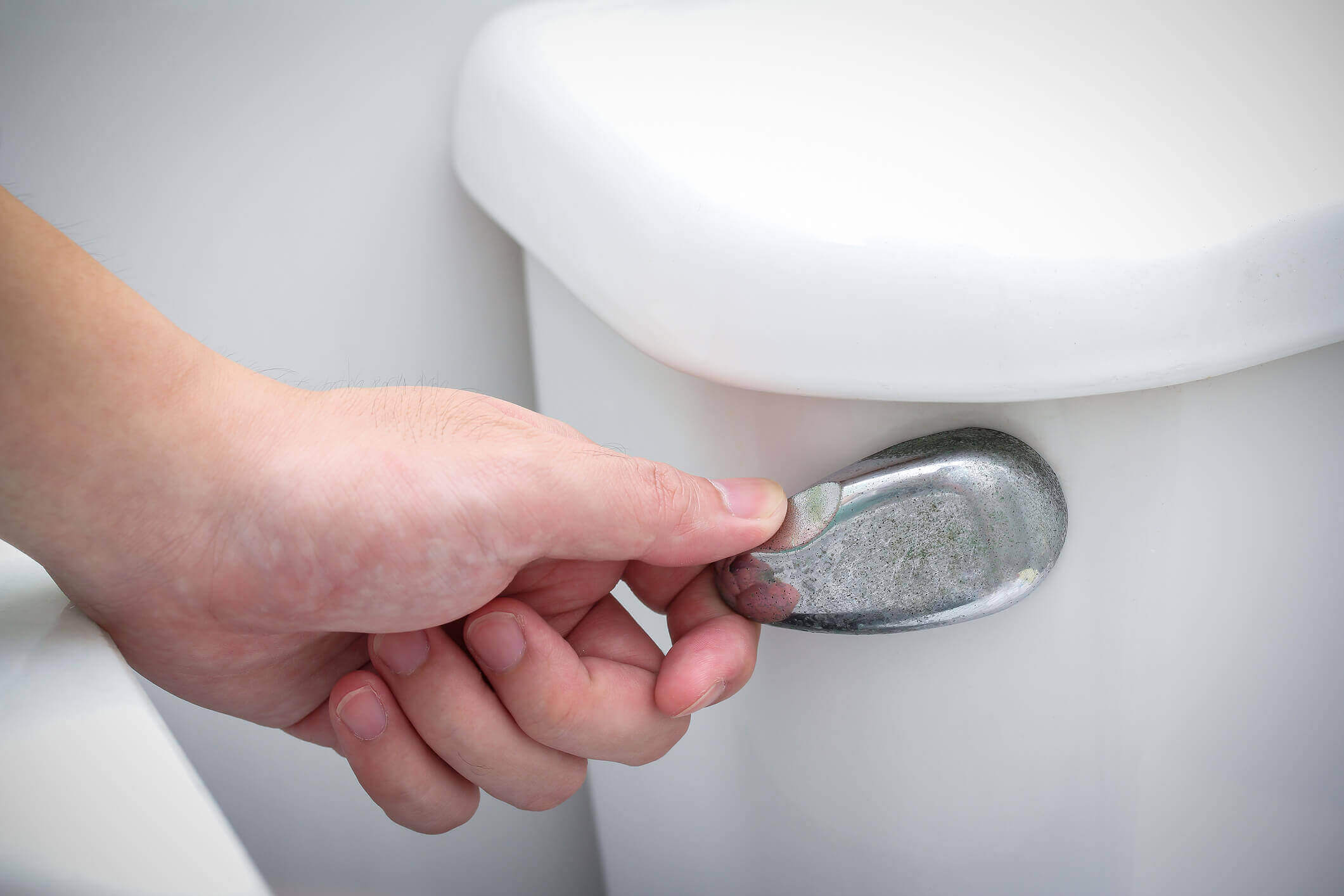
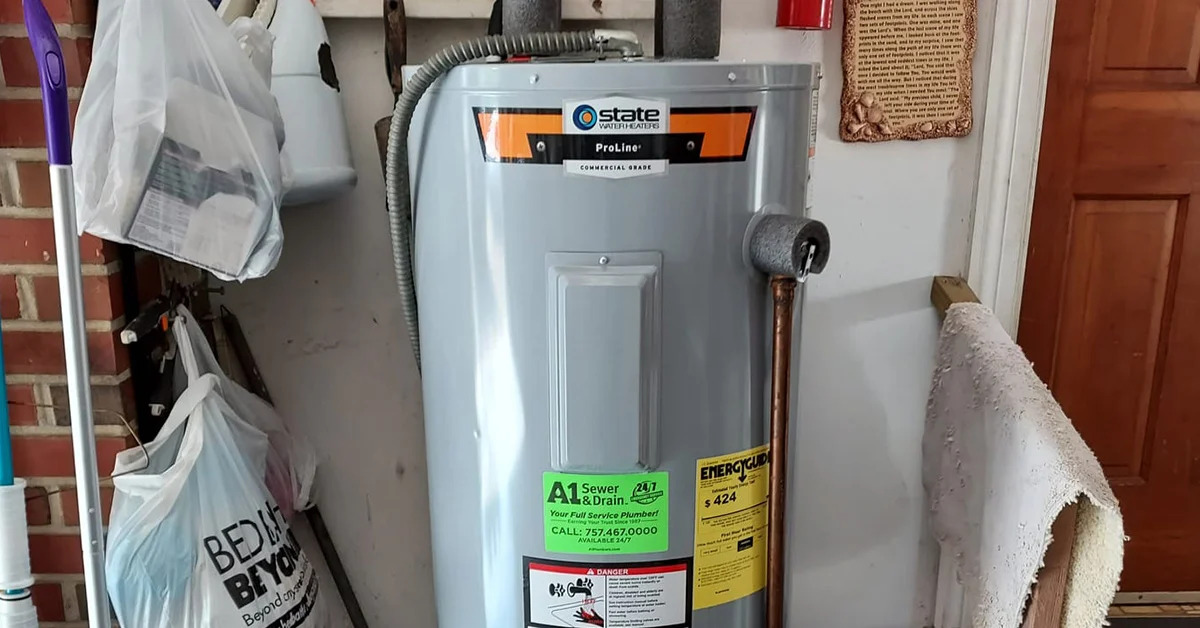
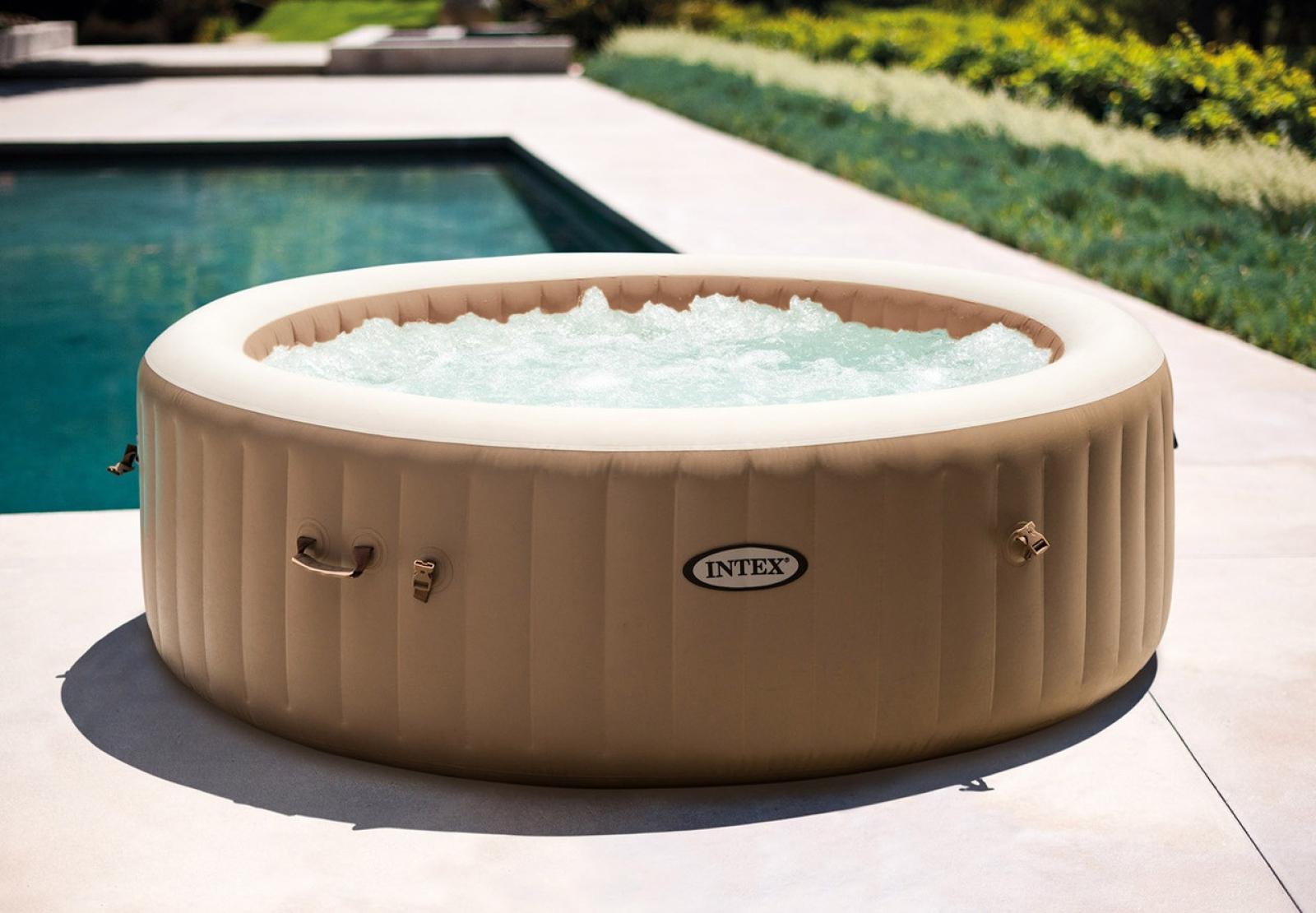

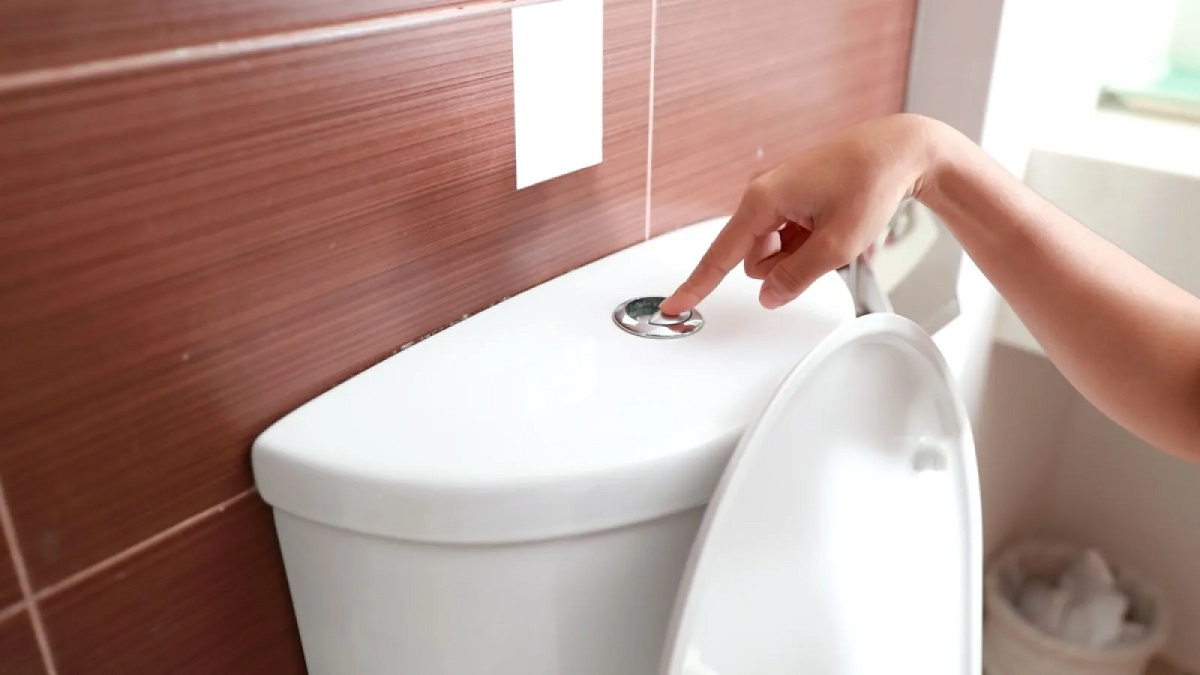
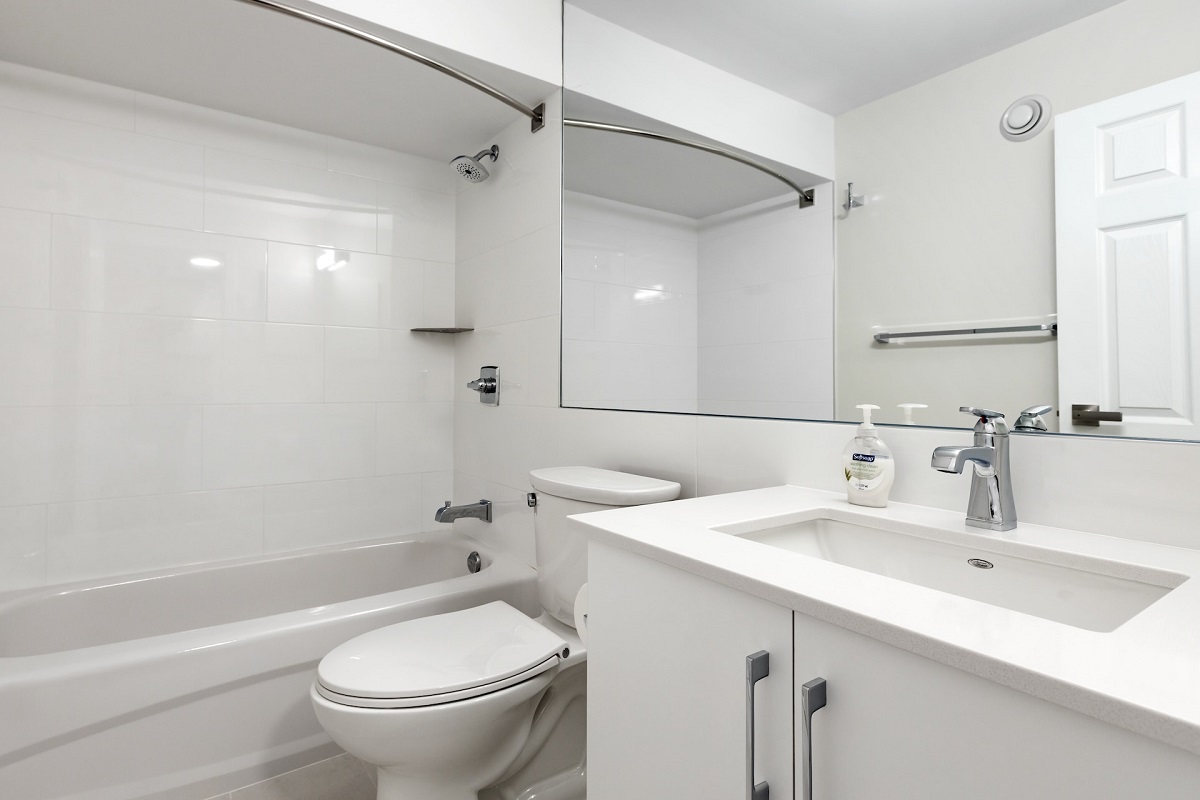

0 thoughts on “How Many Gallons Of Water Does It Take To Flush A Toilet”